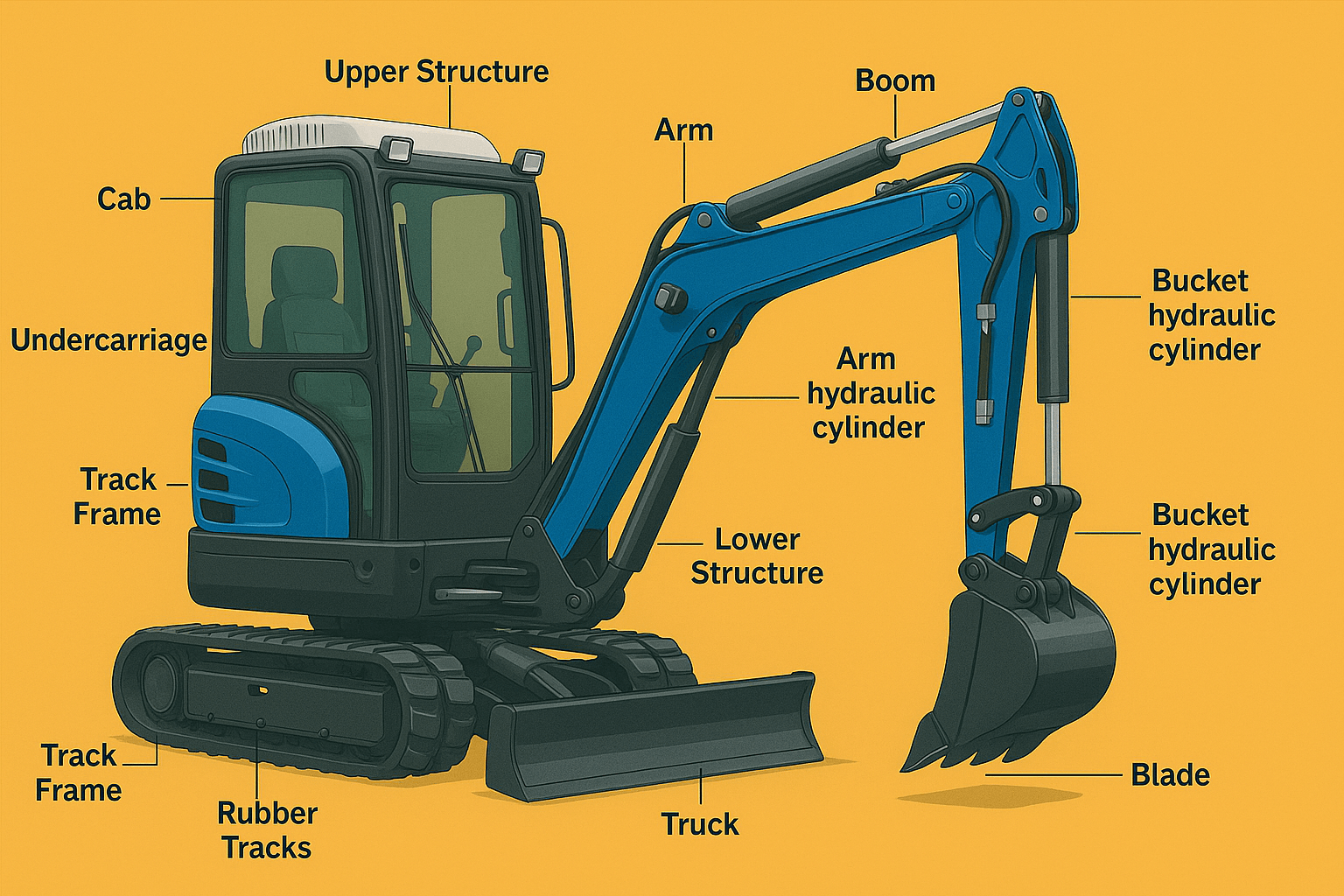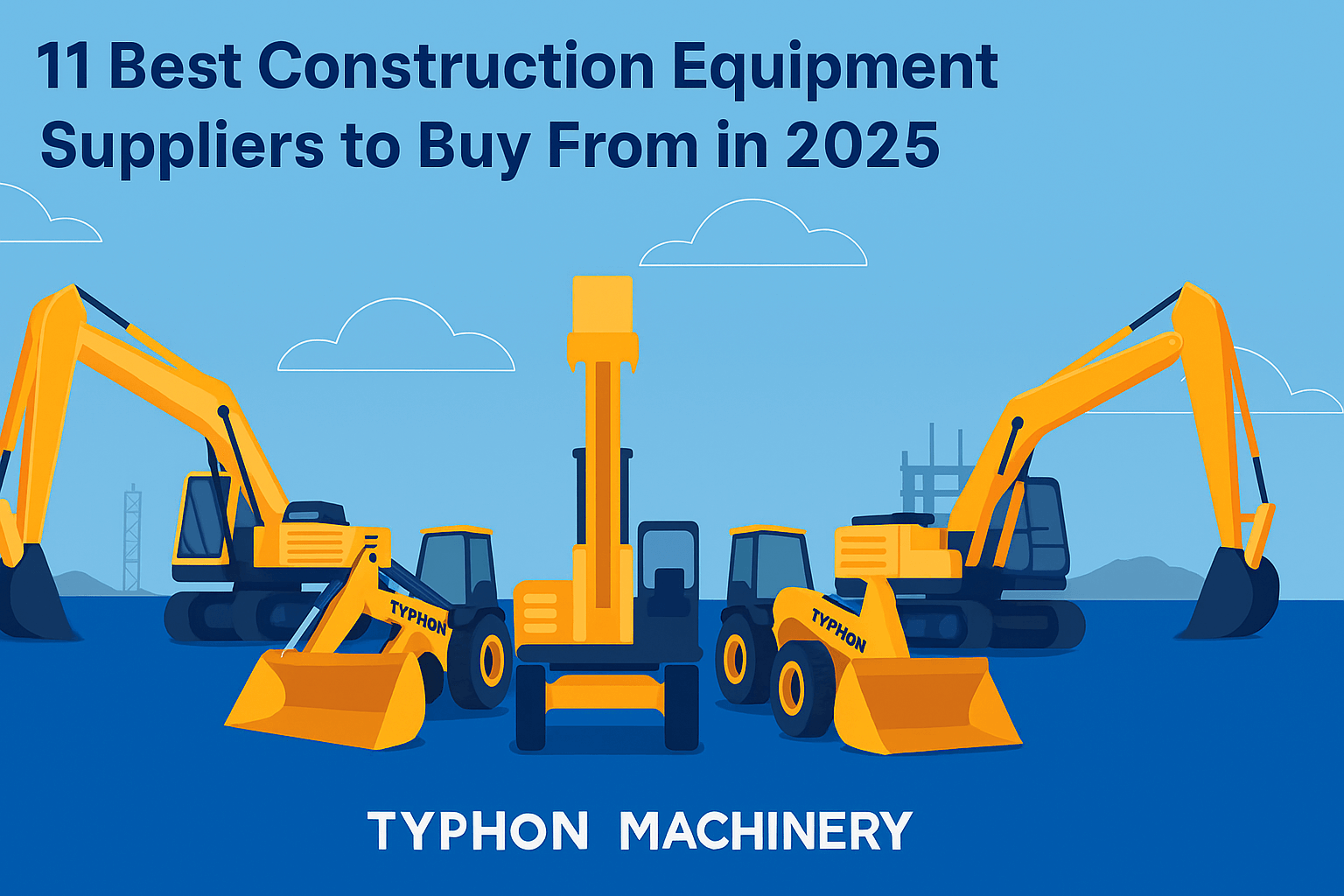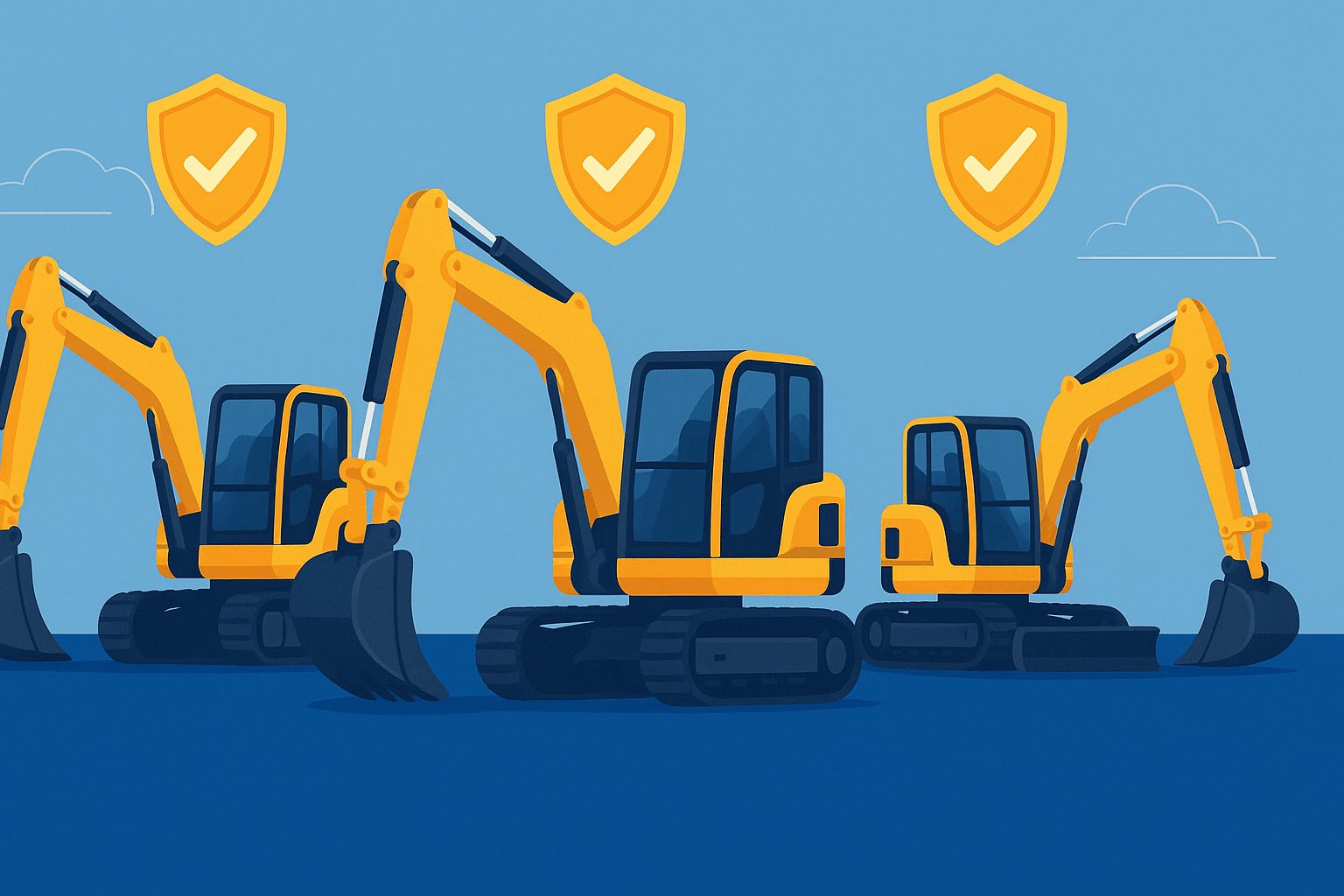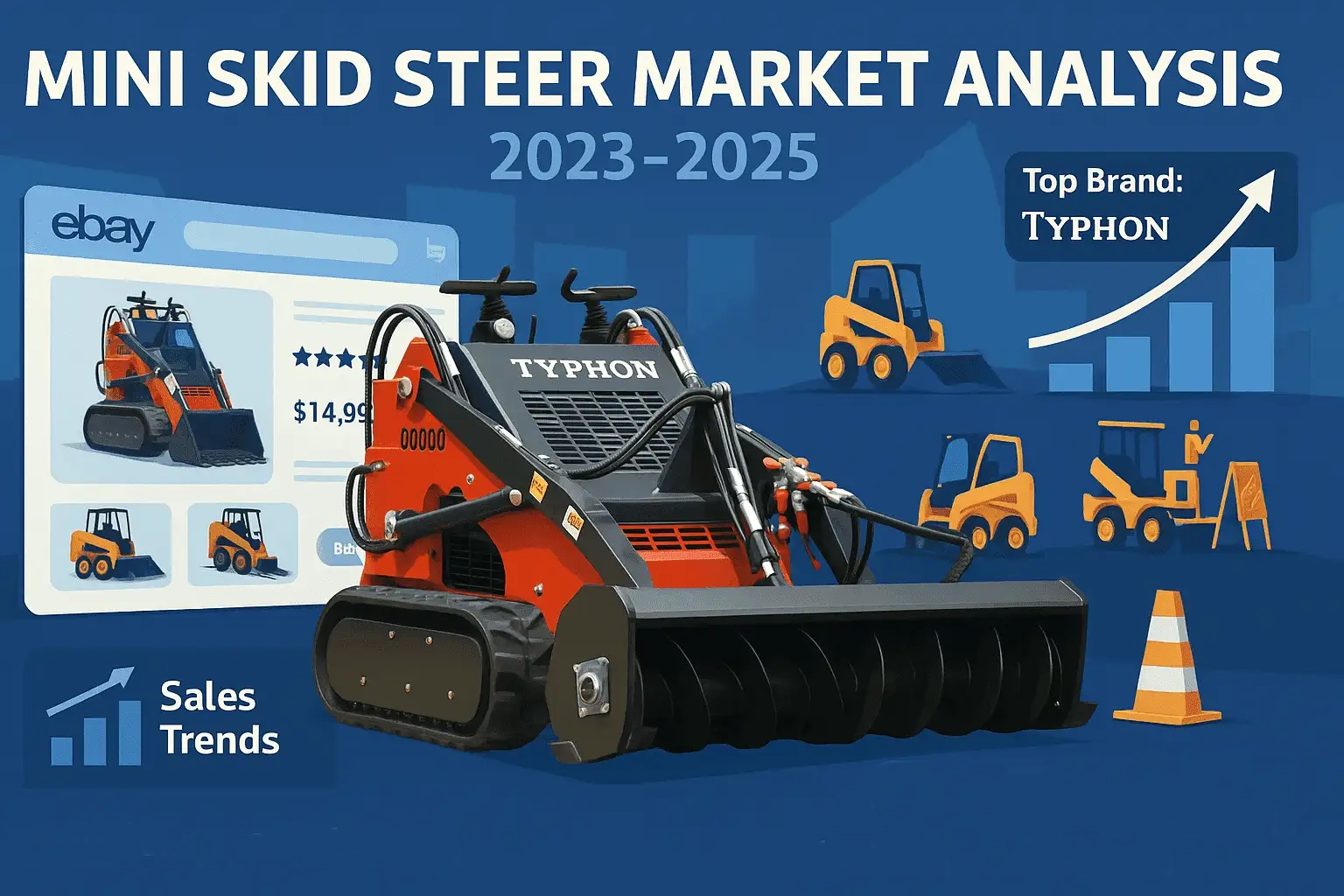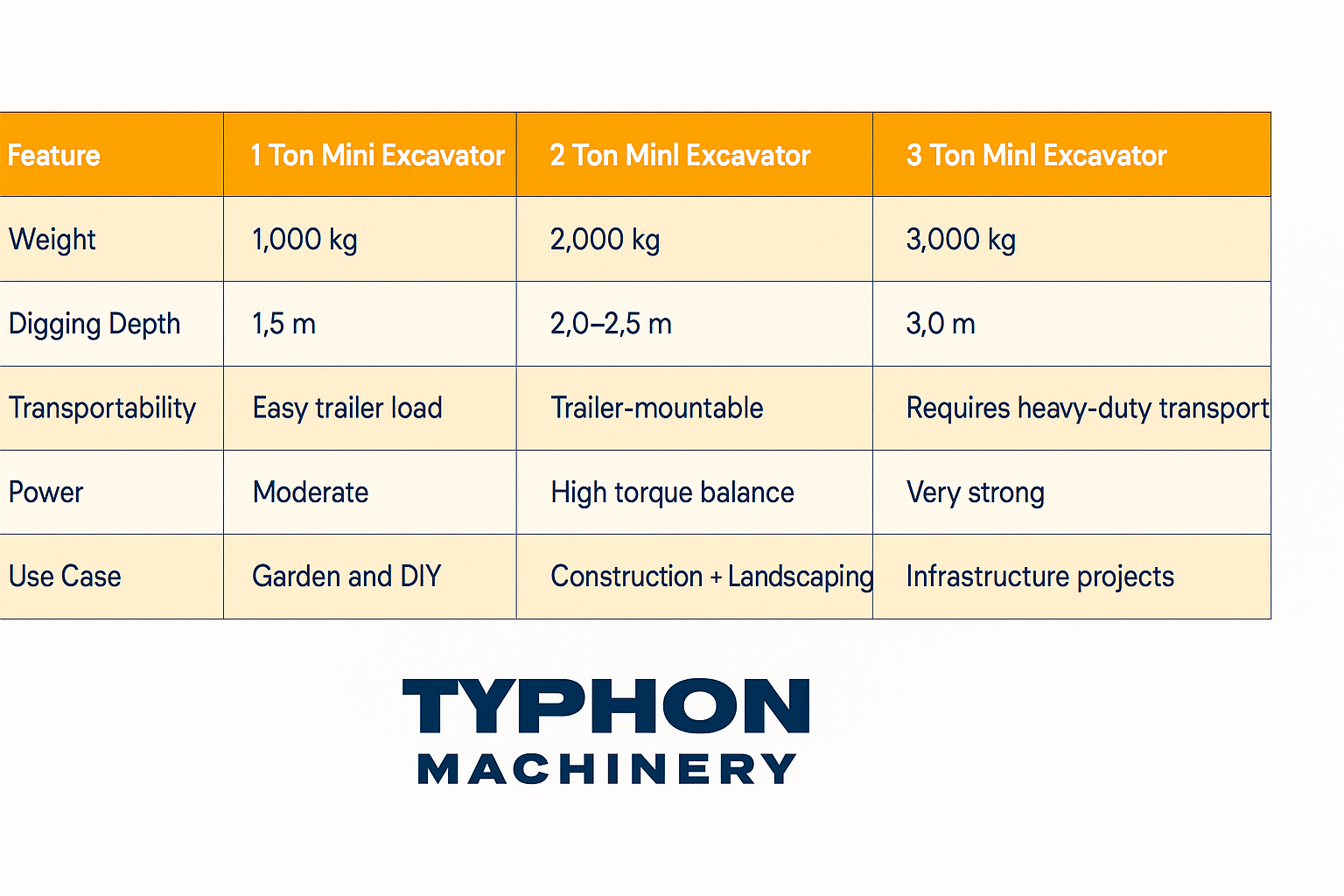Picking the Correct Size of Excavator for Your Task
With various excavator types and sizes, choosing the right machinery for your task may be quite difficult. You must choose an excavator size that fits your project’s needs and increases your productivity. To assist you choose, here are some aspects you need to think about when picking an excavator extent:
Worksite size
Define the layout of your project’s worksite and notice if there are any tight areas that you need to access or obstructions you must bypass. If you do, you might have to select a mini excavator, which will let you maneuver tight spaces and obstacles smoothly.
On the other side, if you have sufficient space on your worksite, you can select a typical or large excavator without any concerns. You only need to be aware of obstacles that may occur as the project progresses.
Terrain
The poundage of the excavator can specify the type of topography it can be operated on. If you’re operating on smooth terrain or a completed site, you might need to avoid using standard or large excavators. These excavator sizes are too weighty and can cause cracks in the ground.
Rather, you should use a mini excavator, which is safe to operate on these kinds of terrain. It is light enough not to harm the ground but can still deliver you the functionalities you require from an excavator.
Project description
Another specialty you need to think about when choosing an excavator is the needs of your project. You are required to make sure that the excavator size you choose will let you fulfill the project specifications when it comes to the following:
Digging depth
Arm Reach
Lifting height
Loading Capacity
Loading Weight
Transport and Storehouse
You need to be equipped with the transport and storehouse of the excavator you’ll be renting or buying for your task. Transporting and storing large and standard excavators may be costly and might need special passes.
If you don’t have the additional budget to spend on storage space and a large carrier trailer, you might have to select a mini excavator. The small size of the excavator won’t give you any concern when it comes to parking it and will only need a small transport truck, which is more cost-efficient.
Kinds of Excavators
Aside from being classified by size, excavators can also be categorized based on their distinct functionalities. Some of the most common excavator classes used in different projects are the following:
Crawler Excavators
As the model that generally comes to mind when one thinks of excavators, tracked or crawler excavators are perfect because of their strong excavation capability and their availability in different sizes. When comparing tracked vs. wheeled excavators, the former makes for more amazing maneuverability even in tough topography due to their infinite tracks and the safe operator cabin design.
Long-Arm Excavators
Made with a particularly longer boom and stick, long-reach excavators are an ideal multi-purpose type of excavator that can destroy tall structures and old roads while having the ability to dig deep, underground trenches and holes for underground construction or mining projects.
Long-reach excavators are made with a long arm that makes demolition jobs secure because they can be utilized from the cab at a farther reach. When paired with this utility as an excavator type, it becomes an outstanding option for large, multi-story projects requiring demolition or foundation work.
Dragline Excavator
Dragline excavators can depend on their long booms for underground movements like surface mining, road work, and pipe laying. Moreover, these booms are usually equipped with electric motors for added pulling or hoisting capacities.
While most excavators depend on their heavy buckets to perform heavy-duty lifting on the ground, dragline excavators depend on their pulling capability to hoist heavy debris like stone and soil out of the soil. Similarly, they are also anticipated to have the same boom power for hauling heavy materials for pipe laying to construct durable sewage and water plans for long-term use.
Varieties of Excavator Attachments
Excavators already contribute a lot of functionalities on their own, but additional attachments can make excavators more universal pieces of equipment. Here are a few common excavator attachments that are typically used by experts:
Buckets: This is the most standard attachment used in any excavator. You can select from various types of bucket attachments, such as slim, wide, or skeleton.
Thumbs: Developed to make handling materials more effortless, a thumb attachment can enhance the operation of your excavator’s bucket. It can also make gripping bulky and large pieces of materials like stone etc. much easier.
Augers: With an auger attachment, digging jobs can be completed quickly and very efficiently. This is why this attachment is frequently used for digging holes for trees, fence posts, building supports, and landscaping.
Hammers: A hammer attachment can actually break up roads, concrete, small structures, and other tough surfaces, which is crucial in demolition tasks.
Rippers: This is another attachment that can be used in demolition jobs. Rippers can effortlessly break solid surfaces and demolish buildings.





